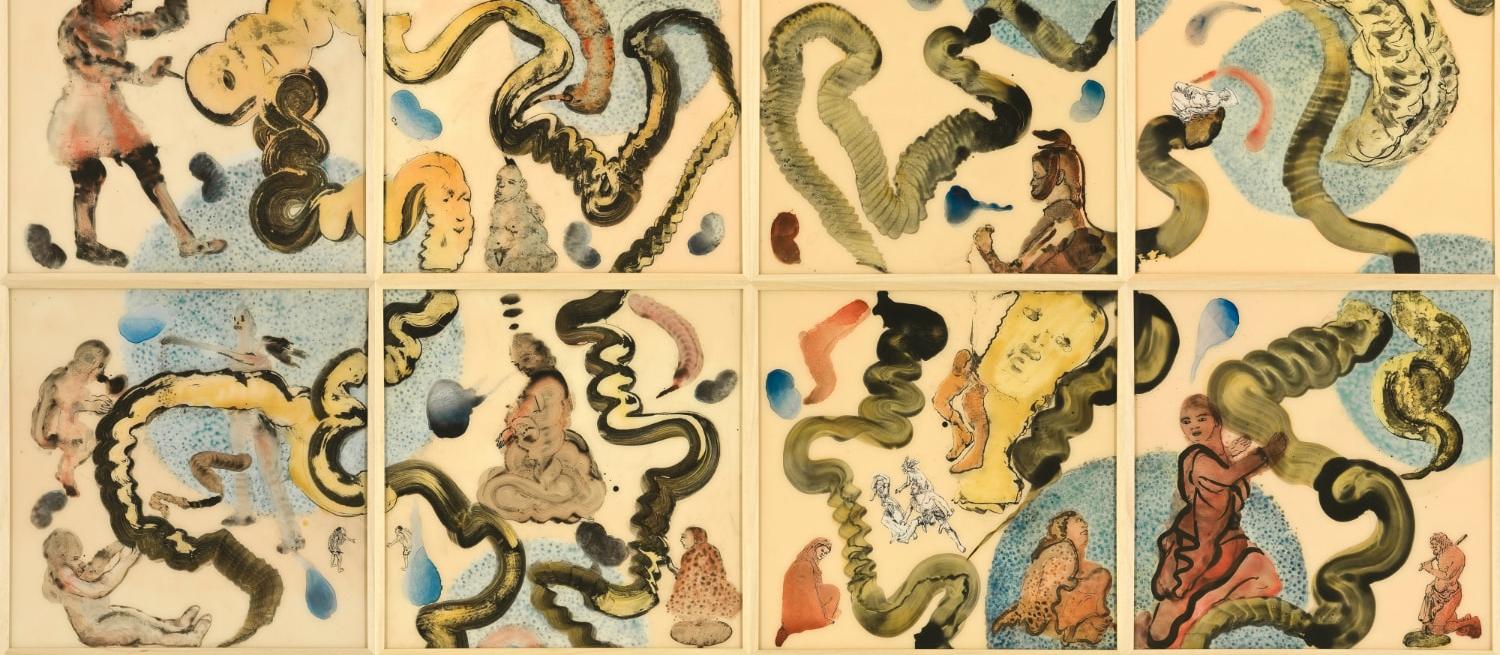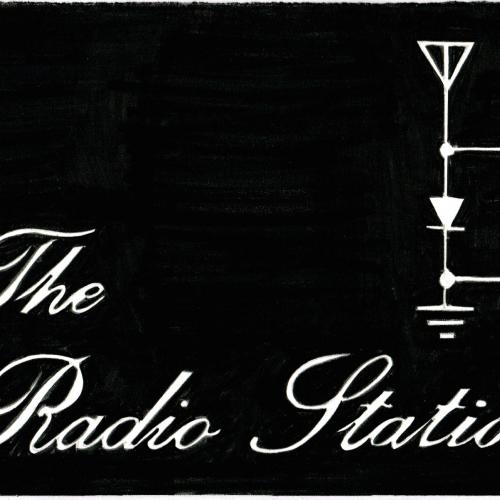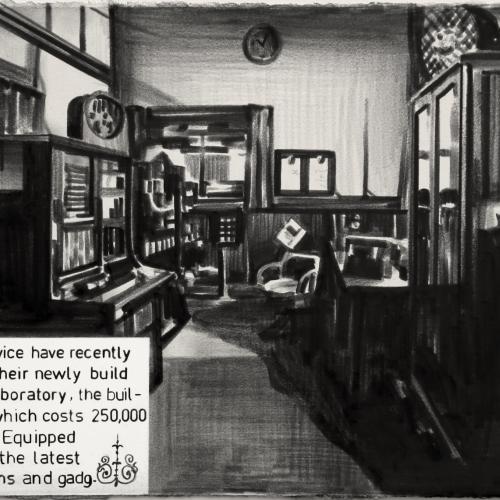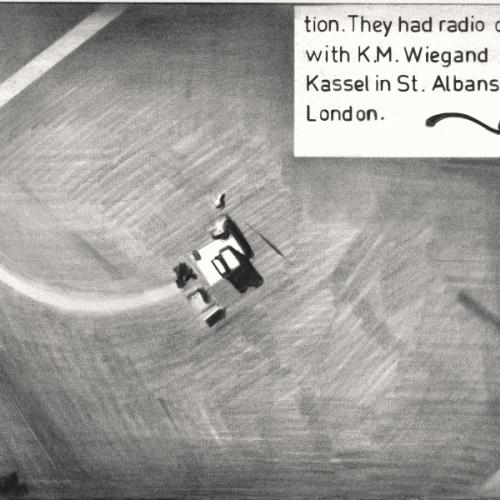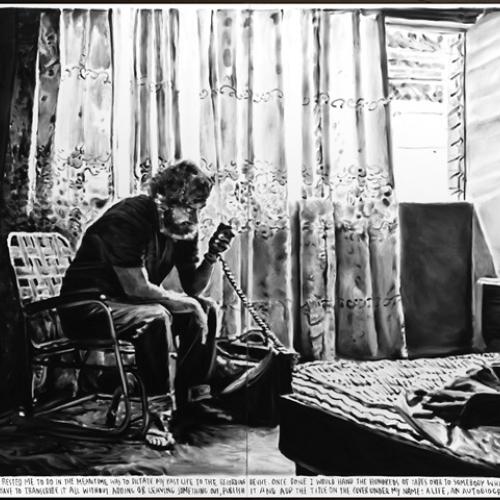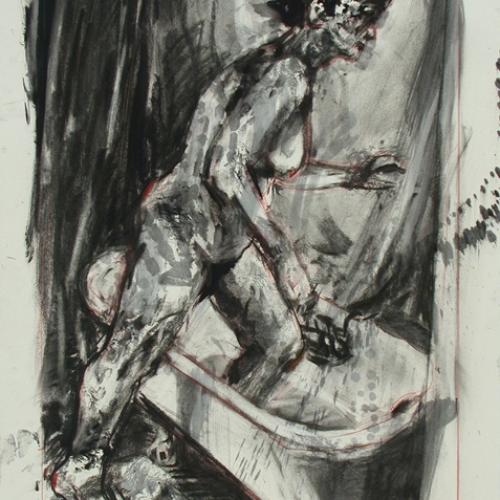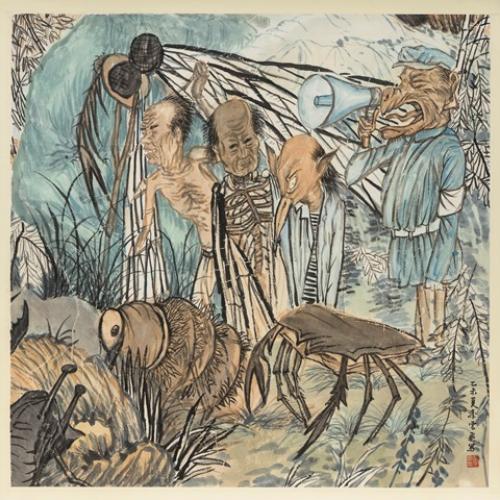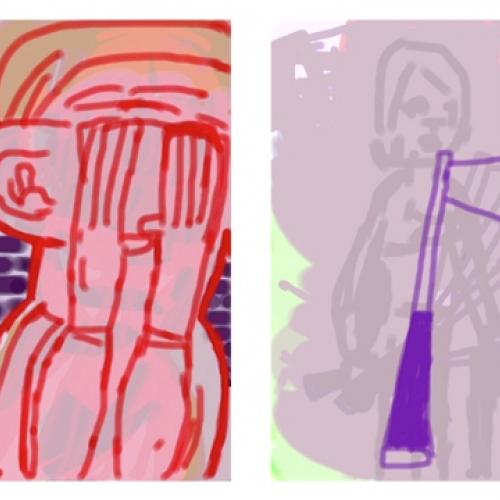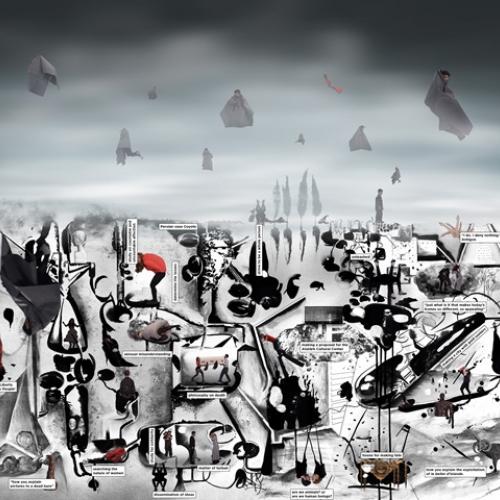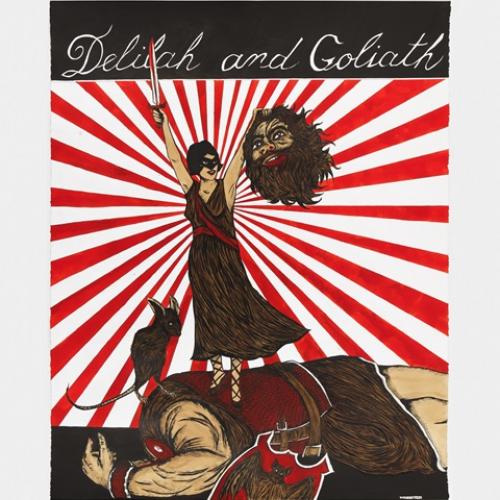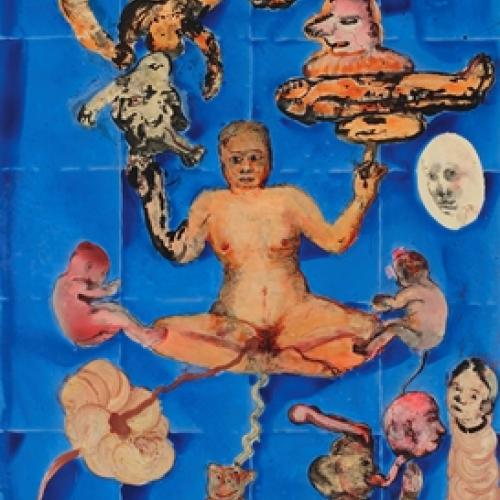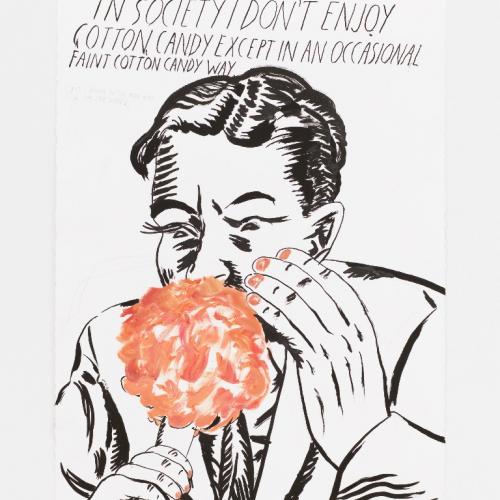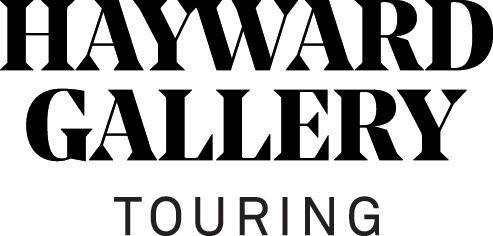Hand Drawn Action Packed was a major exhibition curated by Hayward Gallery Touring, showcasing the works of ten artists whose practice springs from drawing, and revealed the medium’s infinite possibilities.
The exhibition featured artists from around the world (Belgium, Canada, China, India, Nigeria, the Netherlands, South Africa, Turkey and the USA), whose works all deploy narrative forms for fantasy, social critique, political allegory and autobiography to engage the viewer and hold their attention.
Hand Drawn Action Packed opened at St Albans Museum + Gallery before touring the UK and featured artwork from: Marcel Dzama, Marcel van Eeden, Inci Eviner, Yun-Fei Ji, William Kentridge, Nalini Malani, Otobong Nkanga, Raymond Pettibon, Amy Sillman and Rinus Van de Velde.
Roger Malbert, curator of the exhibition“This is an all-star cast of brilliant artists, from many different backgrounds, and shows how many ways there are to tell stories and depict the complexities of the world with the simplest of means.”
Brand new works were created specifically for this exhibition by three of the artists in the show with Marcel van Eeden finding particular inspiration in the stories of St Albans. Inspired by what he uncovered during his research on the area, van Eeden mixes fact with fiction, interweaving two real life events that happened in St Albans into his artwork.
Amongst his series of 28 film noir style drawings in the exhibition, van Eeden focused on two events in St Albans history. The first of which centred around a Post Office radio station near St Albans which was used to secretly intercept German wireless traffic from 1932, the earliest of its kind in Britain. The second concerns a more gruesome account: the murder of “Red Max” Kassel.
The Murder of Max Kassel
The body of ‘Red Max Kassel’, a notorious criminal was found on the outskirts of St Albans. He had been murdered. The case was a national news story, which involved Scotland Yard. The full Inquest into the death of Max Kassel was held at the Court House in St Albans on the 7 August 1936. Attempts to extradite the suspect, Lacroix, from France failed. The case attracted national and international interest.
Farmer Henry Sayer found the bullet riddled body of a middle- aged man under a hedge in Cell Barnes Lane, St Albans in 24 January 1936. He was identified when the press published pictures of his face after his death. He was named as ‘Red Max Kassel’, a sordid character involved in both prostitution and the white slave trade. He lived in London and had business interests in Soho. Evidence heard from the main witness, Gabrielle Aubin, described how Kassel had been lured to a flat in London, where following a disagreement he had been shot. His body was then driven to St Albans and dumped under a hedge.
The Coroner for the Inquest was Thomas Ottaway, a well-known local figure in St Albans. A large audience packed into the Court room to hear the proceedings, held before a Jury. After considering all the evidence, with an absence of only 10 minutes, the Foreman returned with a unanimous verdict, that Emil Allard was wilfully murdered by George Edward Lacroix and that Suzanne Naylor was an accessary to the fact.
A year later, Roger Vernon, (alias George Lacroix), a former Devil’s Island convict appeared in Court in Paris and was sentenced to 10 years in prison for the crime.
Marcel van Eeden's new artworks inspired by St Albans
In partnership with UH Arts, the University of Hertfordshire’s arts and cultural programme.
